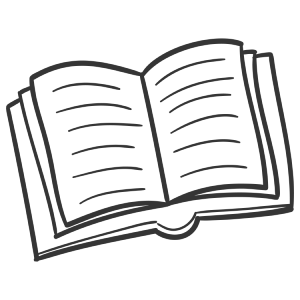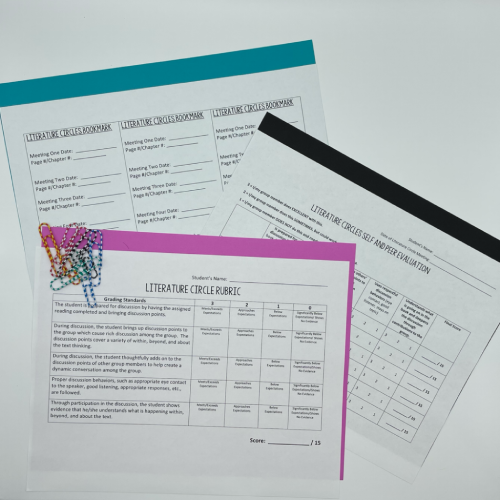It’s been awhile since I’ve given an update on some of the new anchor charts in my classroom, so I thought I’d share a few of my favorites and blog about what I am using them for:
Here is an anchor chart created from our work during our “sentence stalking” portion of Word Study. When we “sentence stalk” we examine punctuation authors put into their writing and discuss the “why” of the punctuation. I have gotten my students into a routine of walking into class and beginning our “Do Now,” which is where I incorporate grammar, test prep, word work, etc. Our routine has been:
Monday: Poetry Analysis. Students read a poem from a famous poet and there is an analysis question that asks students to focus in and respond to one aspect of the poem.
Tuesday: Sentence Stalking. Students copy down a sentence from our Interactive Read Aloud that will be read to them that day and write down what they notice about the grammar and writer’s craft of the sentence.
Wednesday: Vocabulary. Students read a sentence from our Interactive Read Aloud that will be read to them that day with a bolded vocabulary word. There is a question associated with finding the meaning of the word. We have worked with antonyms, synonyms, word parts, Greek and Latin roots, and how authors give readers context clues to solve words.
Thursday: Close Reading. I copy off a page of our Interactive Read Aloud for students to reread and then give them a focus question to examine something the author does to give the reader the main idea of the story.
Friday: Assessment. Every other week, students alternate between an assessment which I consider a formative assessment that lets me know how students are taking on the above concepts. On the opposite week, students complete a self-assessment of the work they do during word study and write about what concepts they are taking on as a result.
In 8th grade, we alternate between literature study and guided reading. I find that switching from homogeneous to heterogenous groupings of students gives students a variety of small group reading experiences for a variety of purposes. Students recently did a picture book literature study and are in the beginnings of a nonfiction literature study (which they are surprisingly quite excited about). We created a list of questions and discussion topics that students felt inspired conversation, and on the flip side, topics and questions that squashed conversation.
Aside from the section of 8th grade language arts I teach this year, another role I have taken on as our middle school literacy coach (aside from coaching LA teachers and teaching professional development classes) is to teach a reading intervention for 8th grade students reading significantly below grade level. I am currently using LLI (LOVE it by the way) for this. This was an anchor chart I made for my intervention group to remind them of the things readers do.
I hope some of the ideas on these anchor charts are helpful to you. Let me know your thoughts! I would love to hear them!









